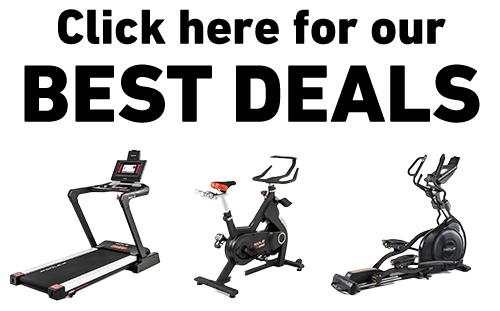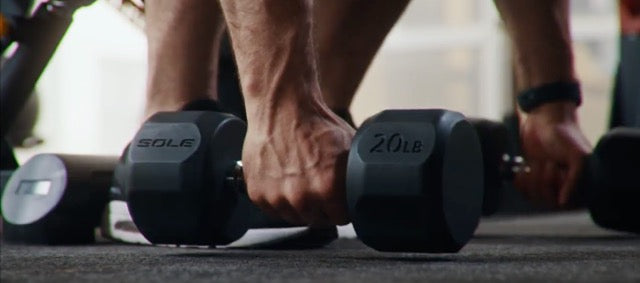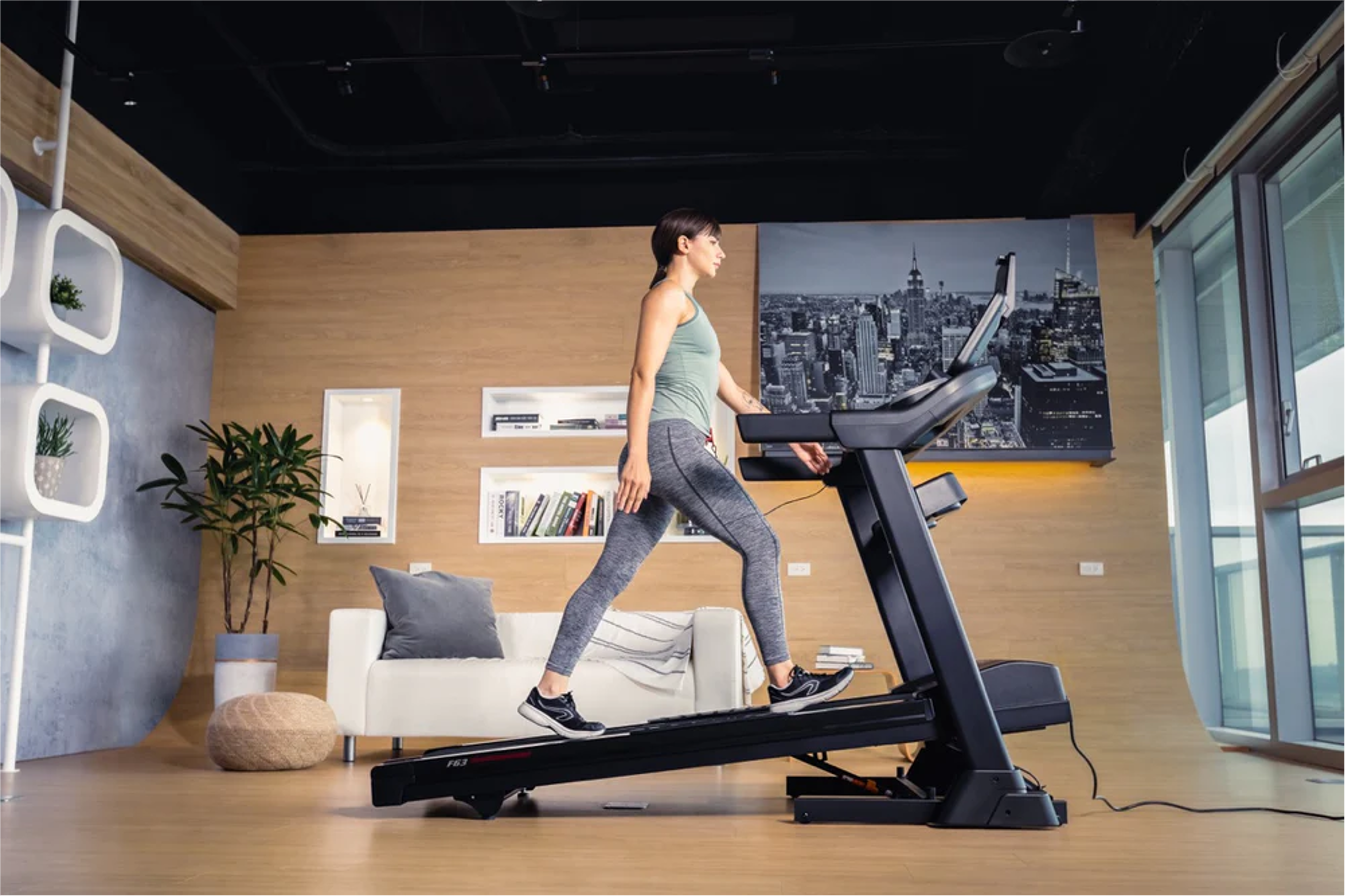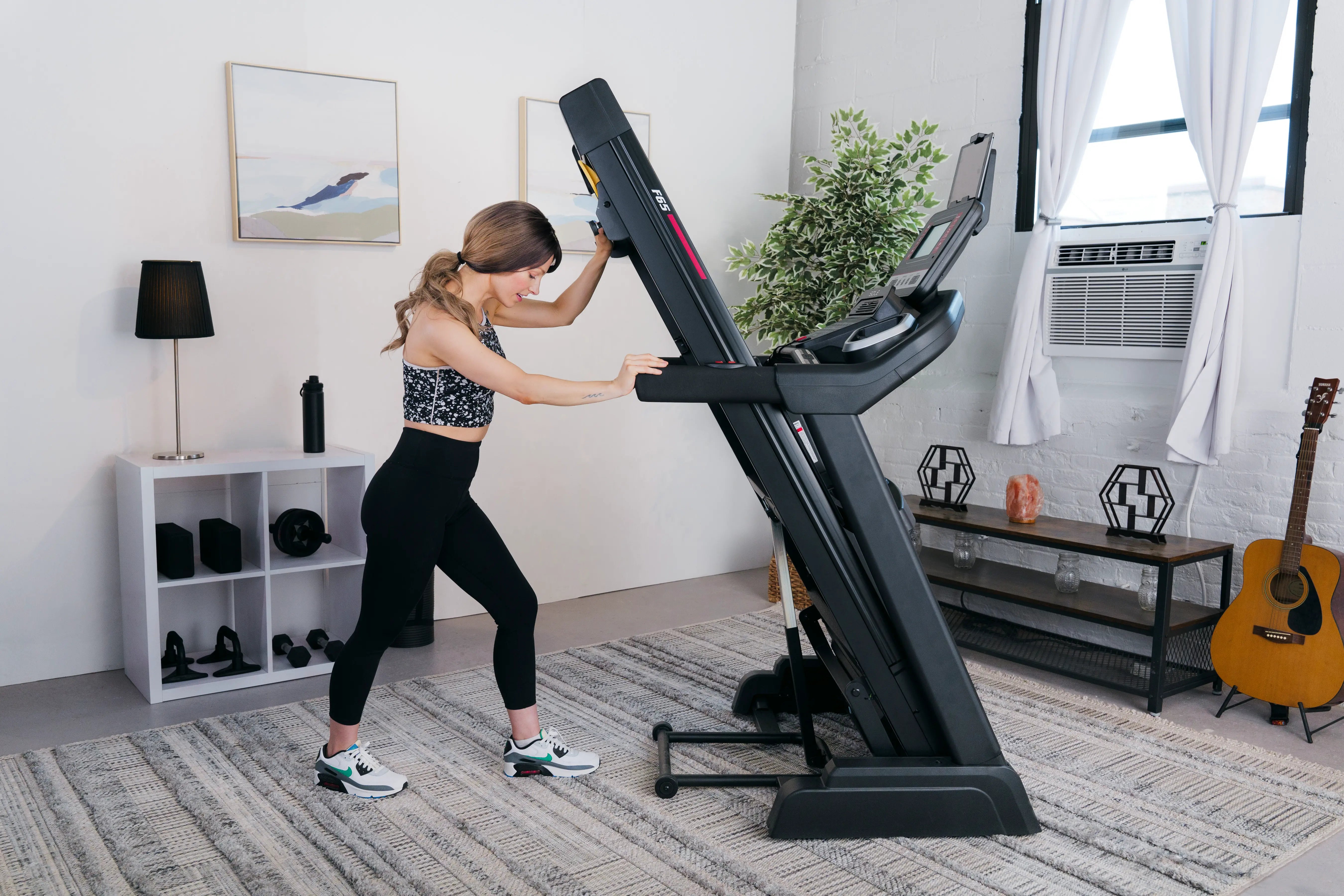Key Takeaways
- Dumbbells aren’t just for lifting—they can actually make you a better runner by building strength and stability.
- Adding dumbbell squats to your routine twice a week helps you power through your runs with stronger, more explosive strides.
- Single-leg dumbbell deadlifts fix muscle imbalances that could be holding you back or even causing injuries.
- Consistent dumbbell training keeps your form in check, especially when you're pushing through those last tough miles.
- With SOLE SW101 dumbbells, you won’t have to worry about weights rolling away mid-workout—their anti-roll hexagon shape and rubber coating keep them steady, so you can focus on perfecting your form!
Top 3 Dumbbell Exercises for Runners
1. Dumbbell Deadlift
Why it Works:
Runners need the dumbbell deadlift as it builds strength in the hamstrings, glutes, and lower back for better power and stability.
If you're a runner, the dumbbell deadlift is a must. It strengthens your hamstrings, glutes, and lower back—the muscles that keep you moving with power and stability. Plus, it helps with posture and can cut down on nagging injuries like hamstring strains and lower back pain. Focus on controlled movements, and you'll build the endurance you need to keep going strong on long runs and race days.
|
At SOLE, we're proud to offer top-quality exercise equipment designed for home and gym use. Our machines are built to meet the highest standards of durability and performance, making them ideal for fitness enthusiasts at any level. SOLE Products
|
How to Do It:
- Stand with your feet hip-width apart, holding a dumbbell in each hand, palms facing in.
- Push your hips back and bend your knees slightly as you lower the dumbbells down your legs—stop when your torso is about parallel to the ground.
- Press through your heels to stand back up, keeping the dumbbells close to your body.
- At the top, give your glutes a good squeeze before going in for the next rep.
Reps and Sets:
Go for 3 sets of 10 reps, and focus on keeping your form solid the whole way through.
2. Dumbbell Squat
Why it Works:
Dumbbell squats target the quads, glutes, and hamstrings.
Stronger legs make running feel easier, and that’s exactly what dumbbell squats help with. They work your quads, hamstrings, glutes, and calves all at once, giving you more power in every step. They also improve balance and mobility, so you stay steady on uneven ground and feel less wiped out during long runs.
How to Do It:
- Stand with your feet slightly wider than shoulder-width, holding a dumbbell in each hand at your sides or resting them on your shoulders.
- Engage your core, push your hips back, and bend your knees to lower into a squat until your thighs are parallel to the ground.
- Press through your heels to stand back up, keeping your chest lifted the whole time.
Reps and Sets:
Do 3 sets of 10-12 reps, ideally twice a week after a solid run or cross-training session.
3. Single-Leg Dumbbell Deadlift
Why it Works:
While doing a single-leg dumbbell deadlift, balance on one leg, bend at the hips, and extend your other leg straight behind you.
This one’s a must for runners. It strengthens your glutes, hamstrings, and core while sharpening balance and stability—perfect for handling uneven trails or quick turns. Plus, it evens out muscle imbalances, helping you stay strong and injury-free mile after mile.
How to Do It:
- Hold a dumbbell in one hand and balance on the opposite leg.
- Push your hips back and let your free leg extend behind you as you lower the dumbbell toward the floor.
- Keep your back flat and core engaged so you don’t wobble.
- Press through the heel of your standing leg to come back up nicely and controlled.
Reps and Sets:
Go for 8-10 reps per leg and repeat for 3 sets.
Easy Ways to Add Dumbbells to Your Workouts
- Try these workouts 2-3 times a week—either after a run or on your cross-training days.
- Pick the right weights: start light if you're new, or go heavier if you're looking to build more strength.
- Focus on good form rather than rushing through reps—that way, you get the most out of each move while staying injury-free.
Guidance for Runners of Every Experience Level
Beginners: Starting with Basic Movements
New to strength training? No problem. Focus on the basics—bodyweight squats, lunges, and push-ups—before grabbing dumbbells. Start light, aim for 2-3 sets of 10-15 reps, and keep your movements slow and controlled. As you gain confidence, gradually increase the weight.
Intermediate: Intensifying Workouts for Growth
If you’ve got the basics down, it’s time to add more challenge. Heavier dumbbells and exercises like Bulgarian split squats and single-leg deadlifts will strengthen your muscles and improve balance. Small tweaks can make a big difference, so keep pushing yourself.
Advanced: Integrating Complex Dumbbell Patterns
For experienced runners, workouts should be fast, efficient, and intense. Try renegade rows, dumbbell snatches, and circuit training to build strength and endurance. Supersets are a great way to keep things moving while making every rep count.
SOLE Fitness Helps You Run Stronger!
Running isn’t just about logging miles—it’s about building strength too.
Adding these three dumbbell exercises to your routine can take your runs from good to great. And with SOLE dumbbells, you won’t have to worry about them rolling away mid-workout, thanks to their smart hexagon design.
Stick with 2-3 strength sessions a week, and you’ll start feeling the results on your runs. Want to take your workouts up a notch? Grab your SOLE dumbbells and get moving!
Frequently Asked Questions (FAQ)
How often should runners use dumbbells?
Shoot for 2-3 times a week. That’s enough to build strength without overworking your muscles. Just don’t hit the weights on back-to-back days—your body needs time to recover and come back stronger.
What weight dumbbells should beginners start with?
If you're new to strength training, start light—somewhere between 5-10 pounds is perfect. Focus on getting your form right first. Once that feels solid, you can slowly increase the weight to keep challenging yourself.
Are dumbbell exercises safe for runners with knee issues?
Yes, dumbbell exercises can be safe for runners with knee issues, as long as you pay close attention to form. Focus on strengthening the muscles around the knee, like with leg curls or calf raises, and steer clear of moves that cause discomfort. If you're unsure about any exercises, it’s a good idea to check in with a healthcare professional first.
How do SOLE dumbbells specifically benefit runners doing these exercises?
SOLE dumbbells are built with a knurled ergonomic handle to keep your grip secure, even after a tough run. Their rubber-coated hexagon shape also prevents them from rolling away during exercises like single-leg deadlifts, so you can focus on your form instead of chasing after them.
How do dumbbell workouts improve running speed and endurance?
Dumbbell workouts help by building muscle strength and endurance. Stronger muscles generate more power, which means you can run faster and hold that speed over longer distances. Plus, improved muscle endurance helps you fight off fatigue, allowing you to keep your pace up throughout your run.




Leave a comment
This site is protected by hCaptcha and the hCaptcha Privacy Policy and Terms of Service apply.